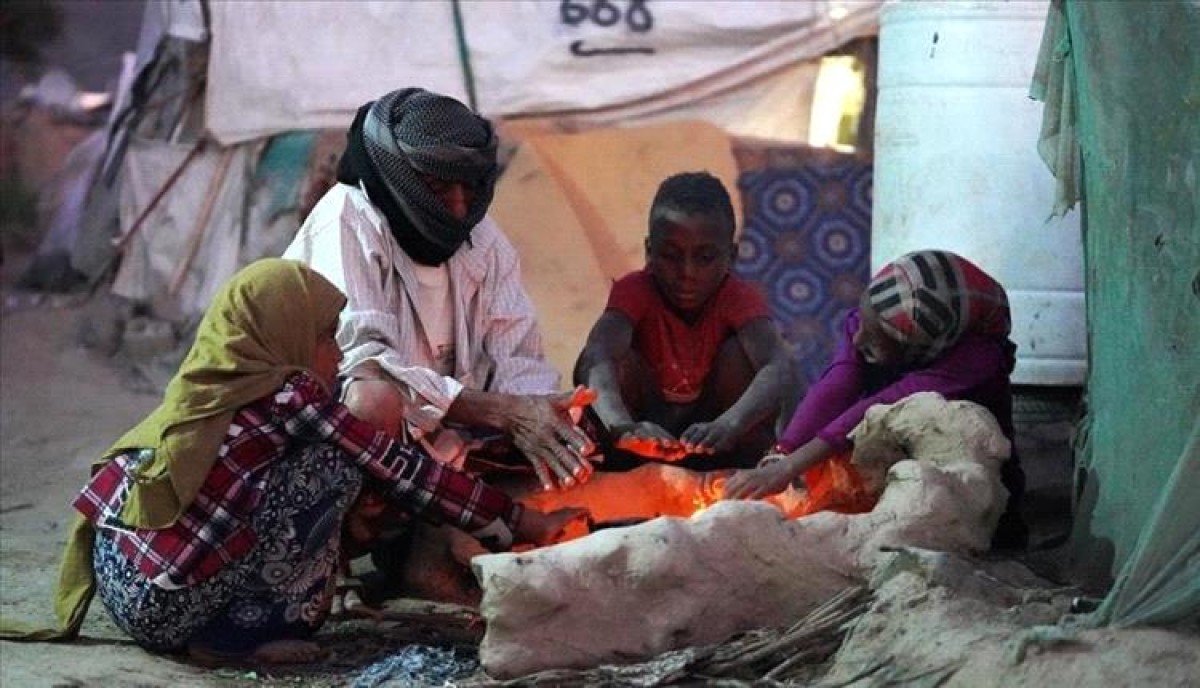UN report: Harsh conditions facing Yemenis in the coming months


A report issued by the United Nations High Commissioner for Refugees said that the coming winter in Yemen will be colder in most parts of the country. It is expected that temperatures in some high areas of the country will be below zero.
The Commission published a report, the summary of which stated:
Yemen is experiencing the sixth largest internal displacement crisis in the world, with nearly 4.5 million people displaced since 2015. The majority of these individuals have been displaced for more than a year, and many have been displaced multiple times. Currently, there are an estimated 1.5 million people residing in 2,382 hosting sites across the country2.
The Shelter Cluster estimates that by 2024, approximately 6.7 million individuals will need shelter and non-food items assistance. Of these individuals, 40% are internally displaced persons, while the remaining 60% are returnees from internally displaced persons and host communities.
Climate Challenges
After this year's rains and floods, the coming winter is expected to bring harsh and cold conditions to most parts of Yemen. Because of their altitude, Yemen's highlands, which are cooler than most parts of the Arab world, experience temperatures that can drop below zero (0 degrees Celsius) during the winter months from October to February. According to the INFORM Climate Change Risk Index for 20243, Yemen ranks among the countries most vulnerable to climate change and least prepared for climate shocks. Over the past three decades, temperatures in Yemen, especially during the winter, have been rising faster than the global average.
Preparing for winter
IDPs, IDP returnees and host communities face financial constraints that limit their purchasing power, especially regarding winter supplies. Based on our cluster analysis4, an estimated 655,000 people residing in 30 districts require winter assistance. Of these, 232,000 people are exposed to freezing temperatures. However, our ability to respond is limited.